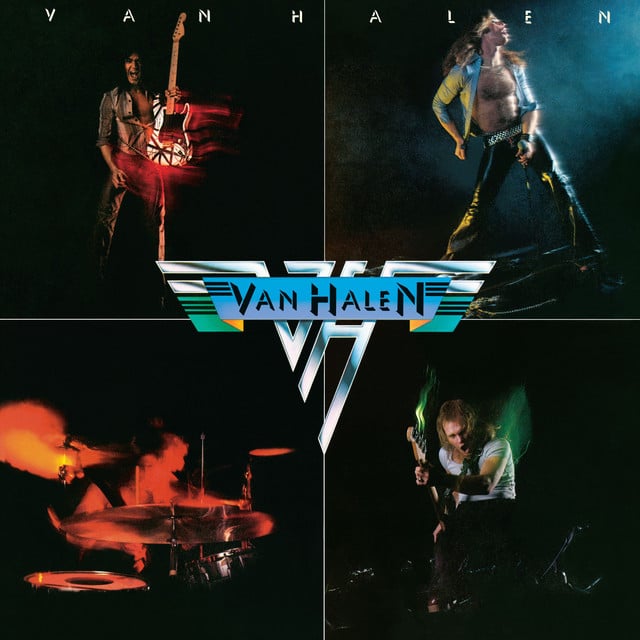Released: 1978
“Runnin’ with the Devil” by Van Halen, from their 1978 self-titled debut album, isn’t just a thunderous opener to the band’s storied career; it’s a manifesto of youthful rebellion and the pursuit of freedom at all costs. The song encapsulates a life lived on the edge, eschewing the conventional for the thrill of the moment. It’s a tale of hedonism, existential defiance, and the complexities of freedom, all wrapped up in the high-octane, electrifying sound that would define Van Halen’s legacy.
The opening lines, “I live my life like there’s no tomorrow/And all I’ve got, I had to steal”, set the tone for this rebellious anthem. David Lee Roth, with his characteristic swagger, introduces us to a life led at breakneck speed, devoid of concern for the future. This isn’t just about living in the moment; it’s a declaration of a life claimed by any means necessary, a stark refusal to be shackled by societal expectations of morality and success. The mention of “had to steal” doesn’t necessarily imply literal theft but symbolizes taking hold of life’s opportunities, often at odds with conventional paths.
The chorus, “Runnin’ with the devil!”, serves as a powerful hook, embodying the song’s themes of danger and freedom. It’s not just about literal devilry but speaks to running alongside the perils and exhilarations of a non-conformist life. The devil here can be seen as a metaphor for risk, for the unknown, and embracing that as a companion in the journey of life. It’s a bold assertion of autonomy, a sonic middle finger to the prescribed life paths that society lays out.
Roth reflects on the allure of the “simple life” and its complexities once one steps off the beaten path in the lines, “I found the simple life ain’t so simple/When I jumped out on that road”. This is a realization that freedom and living outside societal norms come at a cost, often solitude and a lack of traditional forms of love and security, as echoed in “Got no love, no love you’d call real/Ain’t got nobody waitin’ at home”. It’s an acknowledgment of the sacrifices made in pursuit of this devil-may-care lifestyle, underscoring a deeper layer of introspection amidst the rebellious veneer.
The repeated cries of “Runnin’ with the devil!” through the song serve not just as a catchy refrain but as a reaffirmation of the song’s central thesis. Each iteration is a reminder of the chosen path, a celebration of the untethered life even in the face of its inherent loneliness and the societal judgment it invites.
In conclusion, “Runnin’ with the Devil” is more than just a rock anthem; it’s a narrative of liberation, risk, and the search for authenticity at the peril of isolation and condemnation. Van Halen delivers this message with the electrifying energy and groundbreaking sound that would make them rock legends, encapsulating the essence of rock ‘n’ roll’s rebellious spirit and the eternal human quest for freedom.








